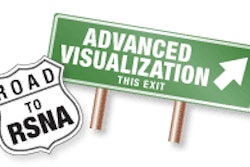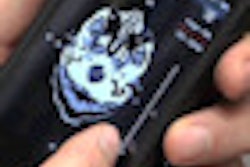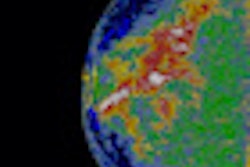Oncologists lean heavily on imaging for evaluating cancer treatment response, but in current clinical practice there may be inconsistency among radiologists in how they describe or measure lesions. That can make it challenging for oncologists to assess tumor response, said presenter Dr. Daniel Rubin from Stanford University.
In clinical trials, measurements are performed via Response Evaluation Criteria in Solid Tumors (RECIST). While consistent quantitative measurements are beneficial to the oncologist, they can also be time-consuming for radiologists to perform. As a result, the researchers sought to evaluate the internally developed open-source electronic Physician Annotation Device (ePAD), which is designed to facilitate reader annotations on images, tracking of target lesions, and automatic generation of RECIST tables.
In a study involving five body radiologists with experience ranging from three to 21 years, ePAD use yielded a time savings per patient of nearly three minutes compared with a review process that involved creating the RECIST tables by hand.
"Routine objective assessment of cancer response on imaging is something that can be practical in routine clinical workflow if there is adequate clinical tooling to make the process rapid and easy to accomplish by the radiologist," Rubin said.
Rubin also noted that oncology interpretations are challenging to perform because a lot of information needs to be perused on prior exams in order to correctly interpret the current exam.
"There is opportunity for informatics tools to provide that data summary more efficiently so that the oncologist can know what to hone in on for interpreting a follow-up study," he said.



















